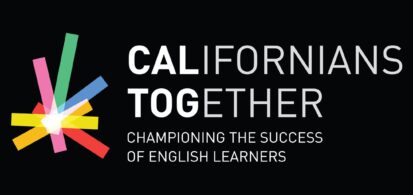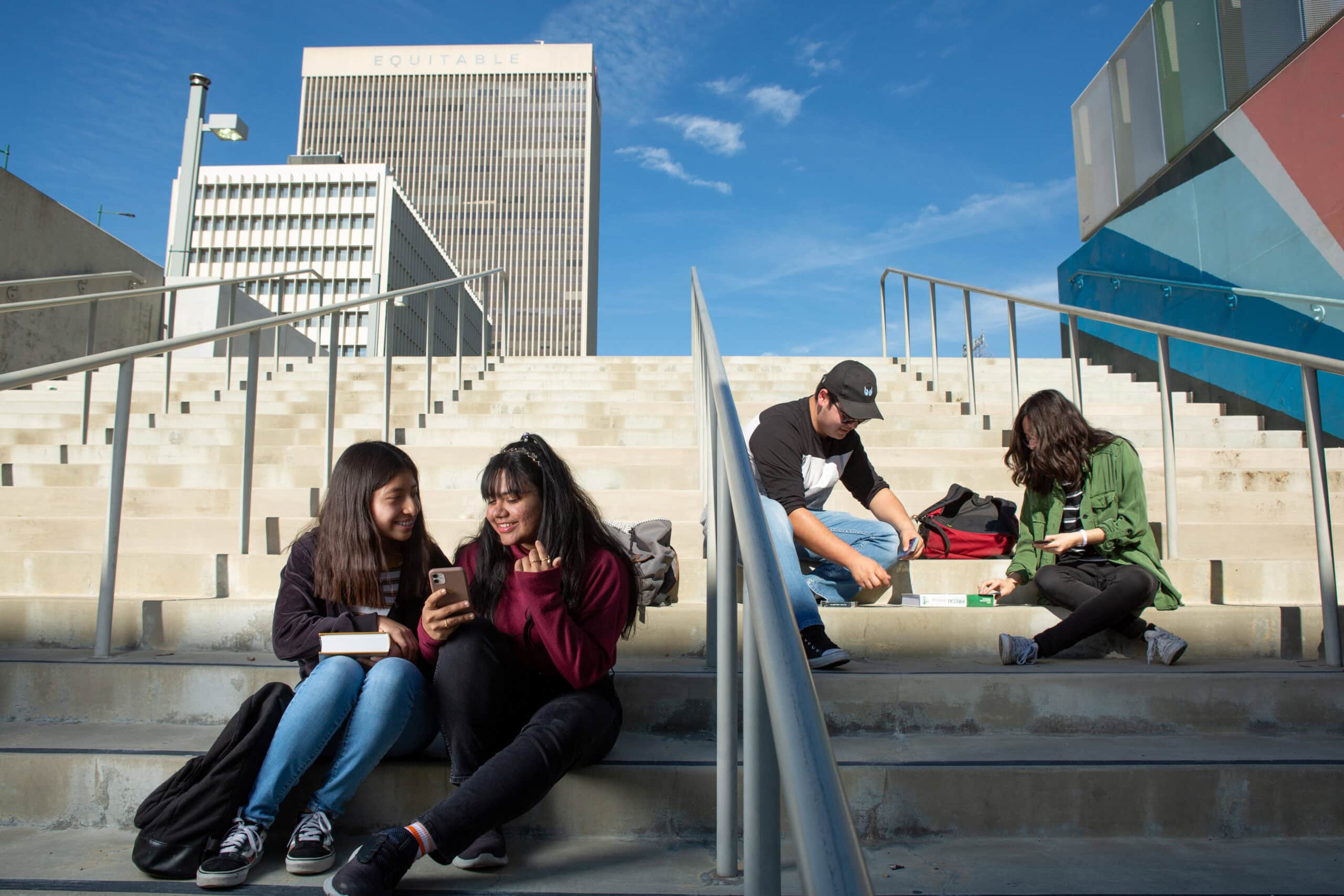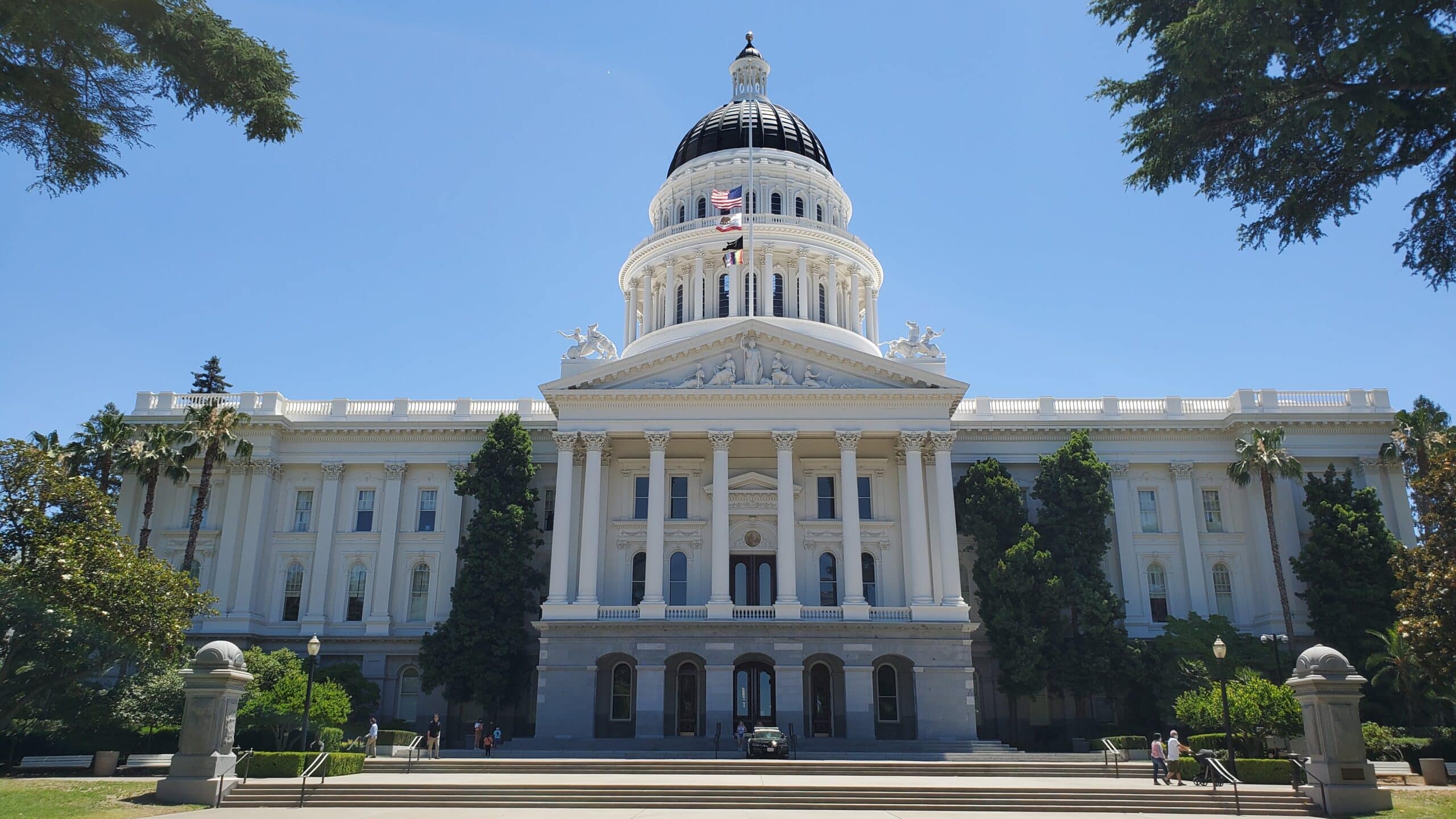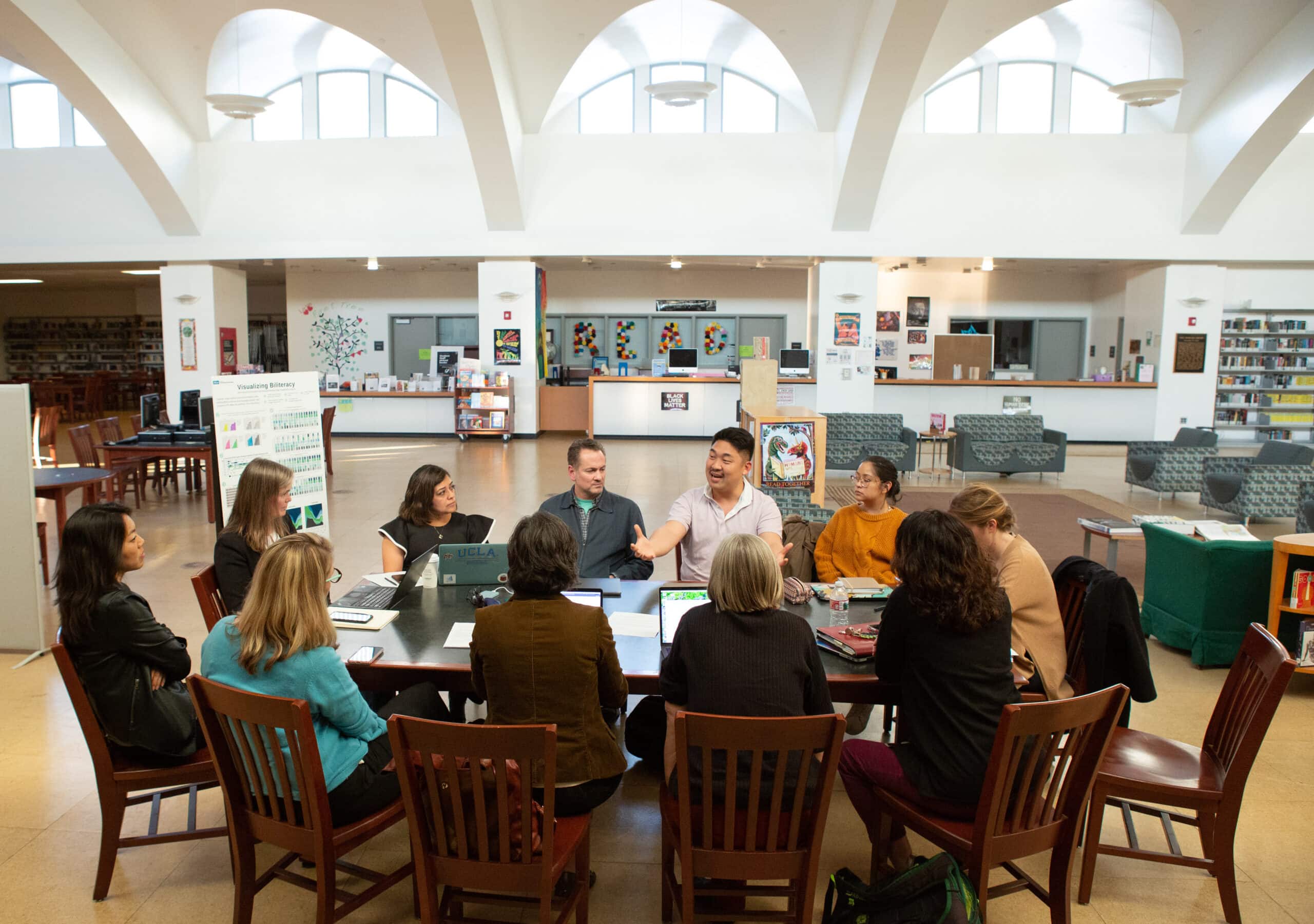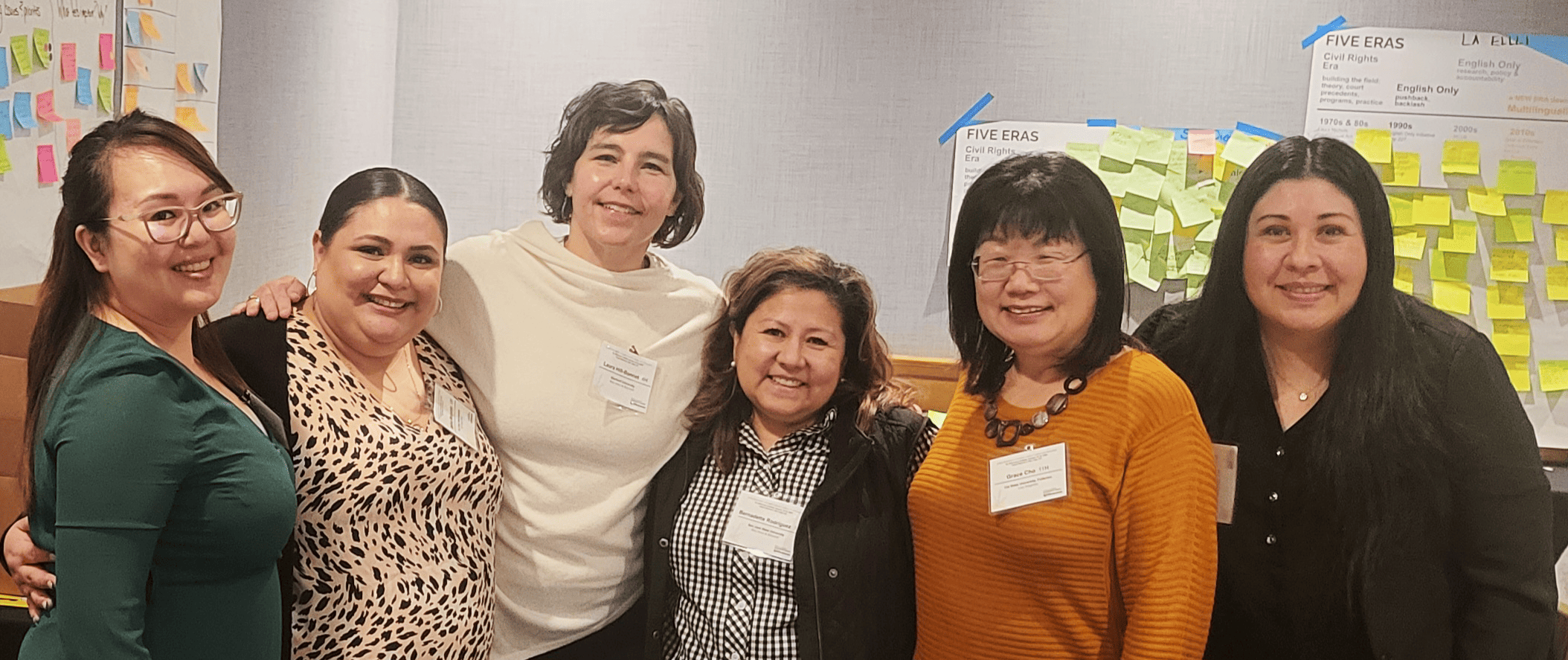Guidance for Serving Newcomers in Light of Recent Legislation
In response to requests for guidance from Local Educational Agencies (LEAs) on the implications of AB 714 for newcomer students, the California Department of Education (CDE) has posted updated FAQs […]
